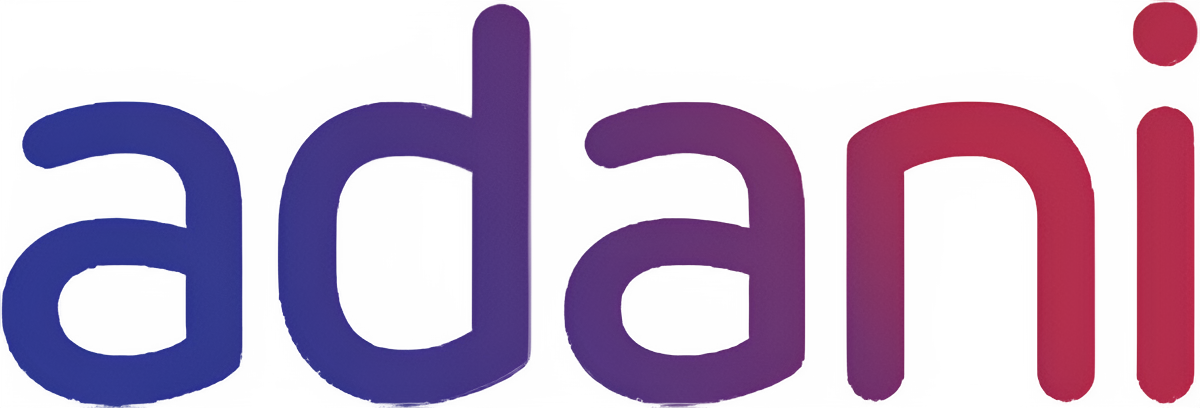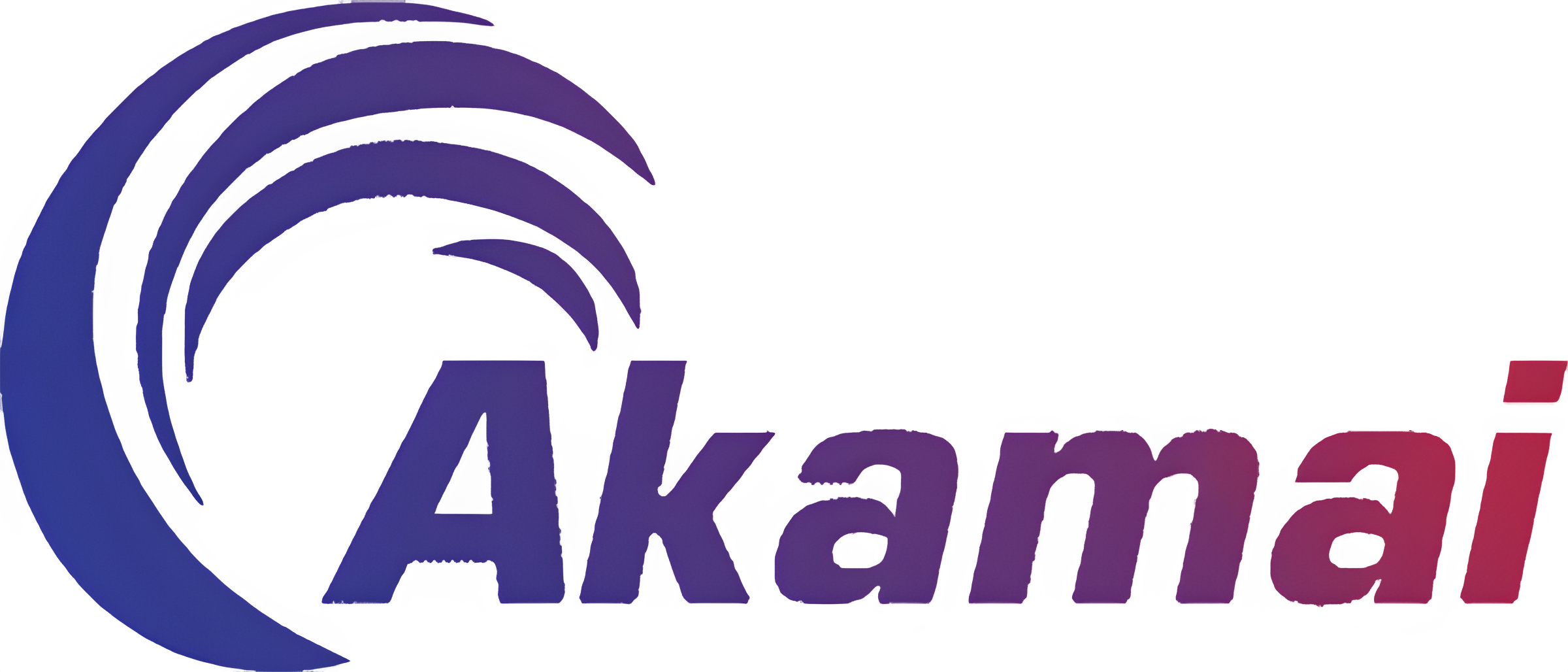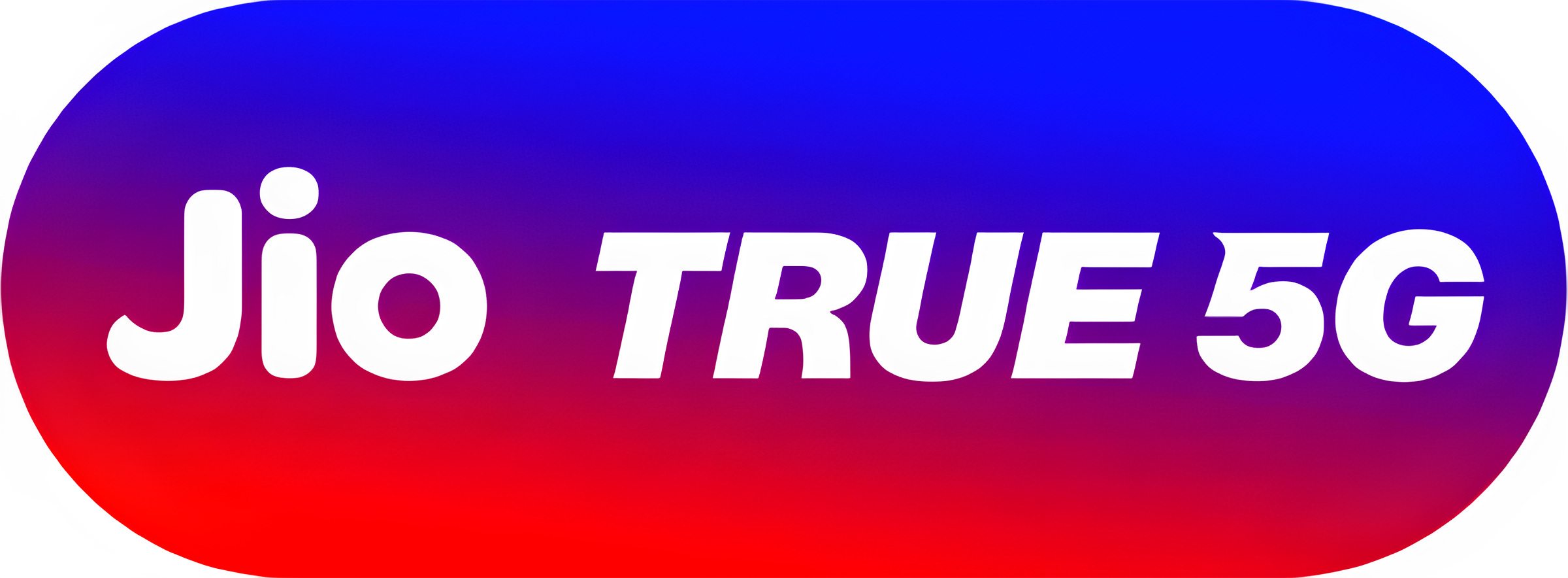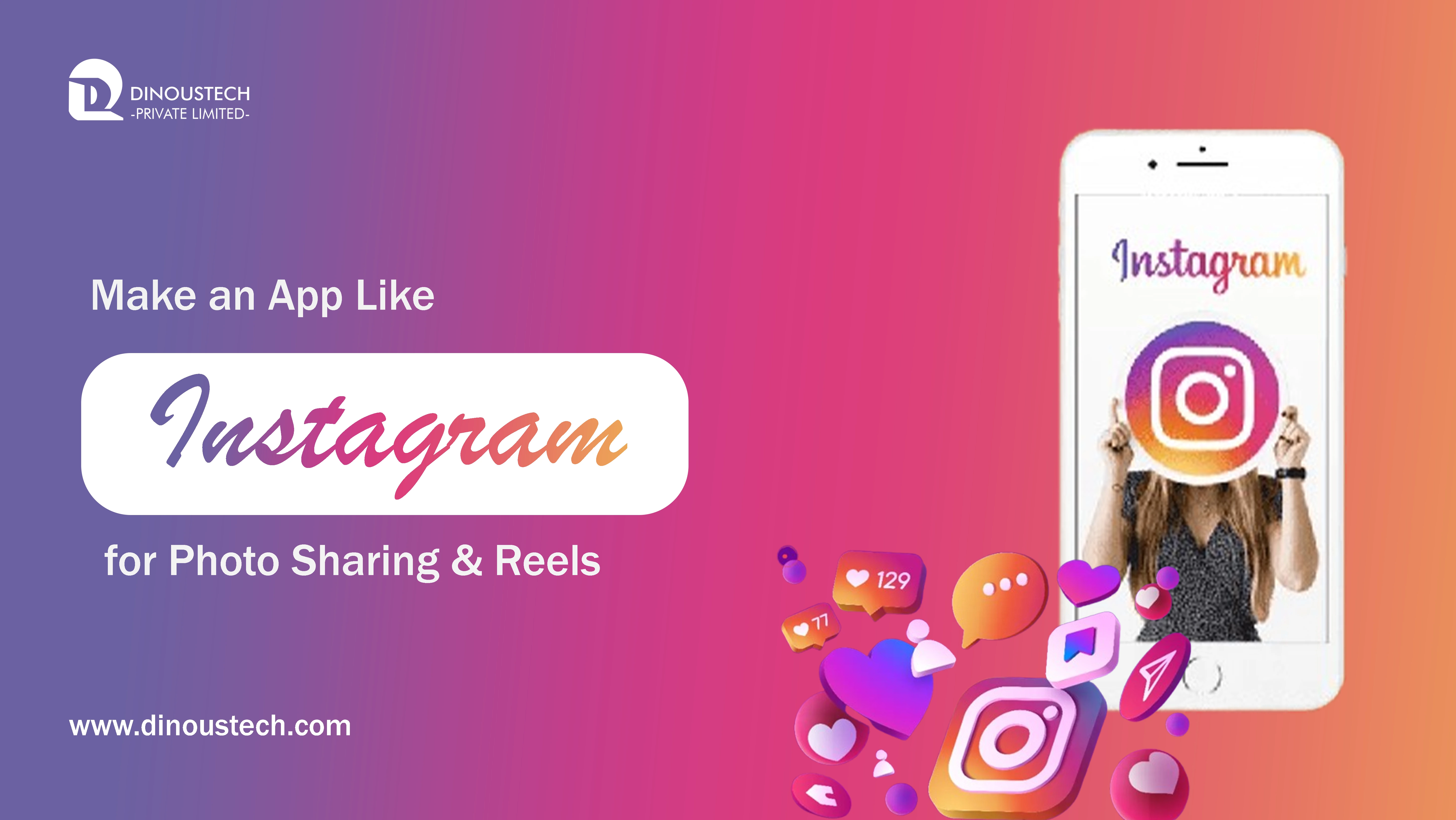Make an App Like Instagram for Photo Sharing & Reel
The global photo sharing market is projected to grow from USD 5.38 billion in 2024 to USD 5.69 billion in 2025, reflecting a steady 5.9% CAGR driven by increasing smartphone penetration and demand for visual content. Instagram alone is expected to generate USD 70.9 billion in ad revenue in 2024, marking a 16% increase year on year. Building an app like Instagram with photo feeds, Stories, Reels, and Explore tabs requires a balanced approach to user experience, scalable architecture, and robust back end services. This guide covers the market opportunity, feature set, technology stack, development process, cost considerations, and growth strategies for creating a photo sharing and Reels app, illustrated with examples and best practices.
Visual communication has become the dominant form of social interaction online. Platforms like Instagram revolutionized how people share moments through photos and short videos, integrating creative tools such as filters, stickers, and AR effects into everyday storytelling. The introduction of Reels in 2020 further shifted user attention toward short form video, enabling creators to record and edit multi clip clips with audio, effects, and transitions. By emulating and extending these capabilities, businesses can tap into a vast audience eager for immersive, mobile first experiences.
Market Opportunity
The photo sharing market continues to enjoy robust growth, especially in Asia Pacific, which is expected to be the fastest growing region through 2025. As users increasingly favor video, platforms that offer seamless transitions between static images and short clips can capture higher engagement. With over 1.4 billion Instagram users worldwide and average ad revenue per user exceeding USD 50 the addressable market for a new social media app remains significant. Emerging features like group curated Reels (“Blend”) demonstrate that social discovery is evolving beyond personal networks into shared content experiences.
Core User Experiences
At the heart of any Instagram style app are the feed, Stories, Reels, Explore, and user profiles. The feed algorithm curates posts based on user interests and social connections, balancing recency and relevance to maximize content discovery. Stories offer ephemeral, full screen images or videos that disappear after 24 hours, augmented by interactive stickers polls, quizzes, and links that drive engagement. Reels empower users to create up to 90 second videos with built in editing tools, text overlays, and licensed music, then surface them in a dedicated vertical feed and the Explore section for broader exposure. The Explore tab uses machine learning to recommend accounts and content aligned with users’ behaviors, amplifying virality and retention.
Also Read: Make a Short Video App Like TikTok: Development, Features & Challenges
Social Interaction and Community
Beyond passive viewing, social media thrives on interaction. Likes and comments provide immediate feedback loops, while direct messaging fosters one to one and group conversations. Integrating read receipts, typing indicators, and multimedia sharing photos, stickers, voice notes turns the app into a full featured social hub. Notifications for mentions, new followers, and live content alerts keep users returning, and push notifications re engage users who have drifted away. Building a sense of community through features like user tagging, hashtags, and location check ins further cements the platform as a social gathering place.
Technology Stack
Choosing the right technology stack is critical for performance and maintainability. On the front end, React Native or Flutter enables rapid cross platform development across Android and iOS, sharing much of the codebase while delivering near native performance. For those focused on platform specific optimizations such as AR filters or custom video pipelines native development with Swift/Objective C for iOS and Kotlin/Java for Android remains the preferred route. On the back end, Node.js or Python/Django microservices handle user authentication, feed generation, and media processing, while GraphQL or RESTful APIs serve content to the mobile clients.
Also Read: How Much Does It Take to Build a Custom Mobile App in Spain?
Architecture and Scalability
A microservices architecture decouples core services user, feed, media, comments, notifications allowing each to scale independently and recover from faults. Containerization with Docker and orchestration via Kubernetes provides automated deployment, horizontal scaling, and rolling updates without downtime. For data storage, a combination of PostgreSQL for relational data (users, relationships), MongoDB or Cassandra for feed and session data, and object storage like AWS S3 for media assets ensures both reliability and performance. Message brokers (RabbitMQ/Kafka) manage asynchronous tasks such as video transcoding and notification dispatch, smoothing peak load pressures.
UI/UX Best Practices
Successful social apps prioritize thumb friendly layouts, placing primary actions like camera, home, search, notifications, and profile within easy reach at the bottom navigation bar. Consistent use of visual cues, clear call to action buttons (like “Post” or “Record”), and minimal on screen clutter let users focus on content creation and consumption. In app tutorials for first time users and contextual tooltips can reduce friction in adopting advanced features like AR effects or Reels editing. Implementing dark mode and accessible color contrasts broadens usability for all users.
Also Read: Make a Logistics App Like Porter for Hyperlocal Deliveries
Media Management and Performance
Handling millions of uploads and streams demands a robust media pipeline. On upload, media should be validated and pre-processed thumbnails generated, formats normalized, and safety checks applied to detect inappropriate content. A Content Delivery Network (CDN) caches popular assets globally, reducing latency for end users. Adaptive bitrate streaming serves video at the appropriate quality based on network conditions, ensuring smooth playback on mobile networks. Background prefetching of upcoming feed items and lazy loading of images optimize bandwidth usage and perceived performance.
Security and Privacy
Users entrust social apps with personal photos and private messages. Implementing OAuth 2.0/JWT for secure authentication, TLS for all data in transit, and AES 256 encryption for sensitive data at rest are baseline requirements. Rate limiting and input validation guard against abuse and injection attacks. Regular security audits, penetration tests, and compliance with regional regulations (GDPR, CCPA) help maintain user trust. Privacy controls such as private profiles, blocking, and muting empower users to manage their experience safely.
Also Read: Turning Sports Passion into Profit: Build Your Own Fantasy App Today
Development Process
A structured development workflow begins with discovery workshops to define personas, user journeys, and feature priorities. Rapid prototyping of wireframes and interactive mockups validates assumptions before committing to code. Adopting Agile methodologies two week sprints with continuous integration and automated testing enables rapid iterations and early feedback. Unit tests, integration tests, and UI tests should cover at least 80% of critical paths before public launch. Beta programs with select user groups uncover real world issues, guiding final refinements.
Cost to Develop the App
The cost to develop a mobile app like Instagram varies widely based on features and platforms. A basic MVP with core feed, camera, and profile features can start around USD 8,000–25,000. Adding advanced capabilities Stories, Reels editing, real time chat, and extensive moderation tools pushes budgets to USD 50,000–60,000. Full featured apps with custom AR filters, AI driven recommendations, and enterprise grade infrastructure often exceed USD 150,000, reflecting the cost of specialized expertise and ongoing maintenance.
Monetization Strategies
Instagram’s primary revenue stream is advertising, generating over 50% of Meta’s US ad revenue through Feed and Stories, with Reels monetization becoming an increasingly important contributor. Sponsored posts, branded AR effects, and shoppable tags integrate commerce directly into the social experience. Subscription models such as premium filters or creator support tiers offer alternative revenue channels. In app purchases of stickers or digital goods, as well as affiliate partnerships, can further diversify income streams.
Also Read: How to Create a Ludo App Like Ludo King: Development & Monetization Strategies
Marketing and User Acquisition
Launching a social media app hinge on generating network effects. Early adopters can be attracted through influencer partnerships, referral incentives, and exclusive AR content drops. Hashtag campaigns and organic content challenges encourage user generated content and amplify visibility. Leveraging SEO friendly content blog posts and tutorials on features drives organic traffic. Paid user acquisition via social ads, app install campaigns, and cross promotions can kick start growth, but retention depends on delivering unique, engaging experiences.
Maintenance and Growth
Post launch, monitoring key metrics daily active users (DAU), session length, churn rate guides feature prioritization and performance tuning. Implement A/B testing frameworks to validate new designs and algorithm tweaks. Continuous deployment pipelines allow hotfixes and feature roll outs without downtime. Community management responding to feedback, addressing abuse reports, and providing support nurtures loyalty. Roadmaps for future enhancements might include long form video, collaborative content creation, or AI powered editing assistants.
Conclusion
Creating an app like Instagram for photo sharing and Reels demands a blend of market insight, user centric design, scalable technology, and strategic monetization. By partnering with a trusted mobile app development company, you can leverage proven processes from create an app ideation and prototyping to Android v/s iOS App optimizations and Payment gateway integration to bring your vision to life. Dinoustech Private Limited offers end to end expertise in on demand app development and social media solutions. Explore our mobile app development services and portfolio to see how we can help you launch the next photo sharing sensation.

















